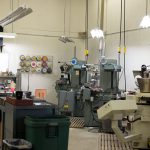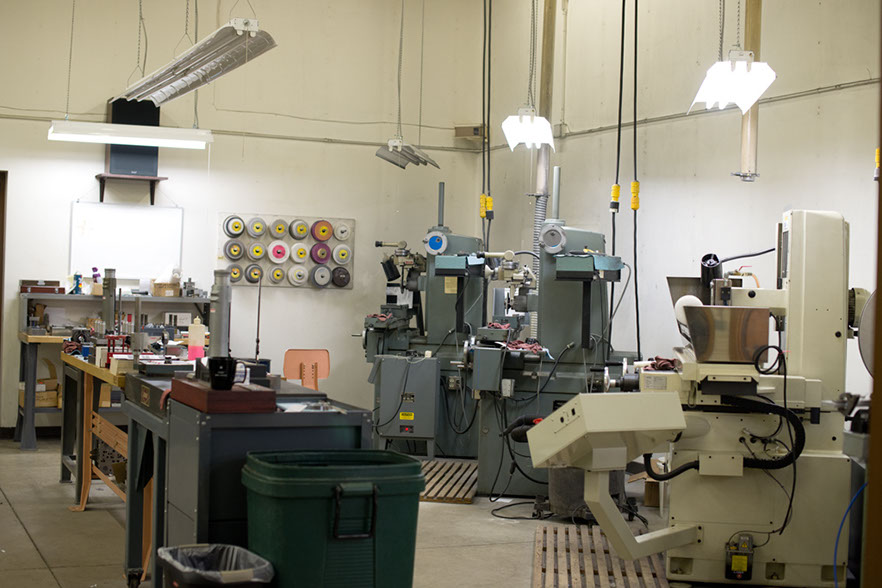 Metal stamping is defined as a commercial manufacturing process that is often done to re-shape flat metal sheets. The complexity of this process makes use of various techniques which may include, punching, blanking, and bending, and piercing.
Metal stamping is defined as a commercial manufacturing process that is often done to re-shape flat metal sheets. The complexity of this process makes use of various techniques which may include, punching, blanking, and bending, and piercing.
Most often, metal stamping is a process that is required by large manufacturing companies requiring bulk quantities. If you’re a manufacturer requiring stamped metal parts, here are the top 3 important qualities that you need to watch out for when looking for someone to work on your stamping project.
Stamping Basics Explained
Stamping, also referred to as pressing, is the process where a flat sheet of metal is placed in a stamping press. It can be either on a blank form or a coil. The press comes with a tool and die surface which is responsible for forming the metal into your preferred shape. Examples of stamping techniques that can be used may include but are not limited to blanking, punching, bending, embossing, coining, and flanging.
Before the metal goes into the press, the entire design will be produced using a CAD/CAM application. A stamping professional needs to design this as the overall design needs to be as accurate as much as possible to make sure that each bend and punch is properly spaced, ensuring only the best quality. A single design and may contain more than a hundred parts, which makes the overall design process complex and may take up a lot of time.
As soon as the design has been finalized, the manufacturer will then proceed with the production using various services such as grinding, machining, wire EDM, and many others, depending on what the customers’ needs are.
Manufacturing Tools Used For Stamping
Stamping is followed by a number of steps, and the first one involves designing and manufacturing the actual tool that is designed to make the stamp.
The tool is created with a CAD/CAM application to create the stock strip layout and design. This strip is used to determine the actual dimensions, the direction of the feed, minimizing scraps, and many other factors to take into consideration.
Die Set Machining
It is important that the tool to be used is precise and can be used multiple times, even when used with complex dies. There are different machines used for this like the 5-axis CNC mills, partnered with wire EDM machine that could easily cut the hardened part of the stool steels, and can be repeatedly and can tolerate heavy manufacturing requirements.
Secondary Processing
Heat is then applied to treat the metal parts to make sure that the metal remains durable. To top it off, the metal will then undergo a grinding process to make sure that the dimensions are accurate.
Wire Electrical Discharge Machine
This machine is responsible for making sure that the metals are shared accurately with the use of brass. This brass is electrically-charged and is often used to cut even the most complex shapes, including tight contours and small angles.






